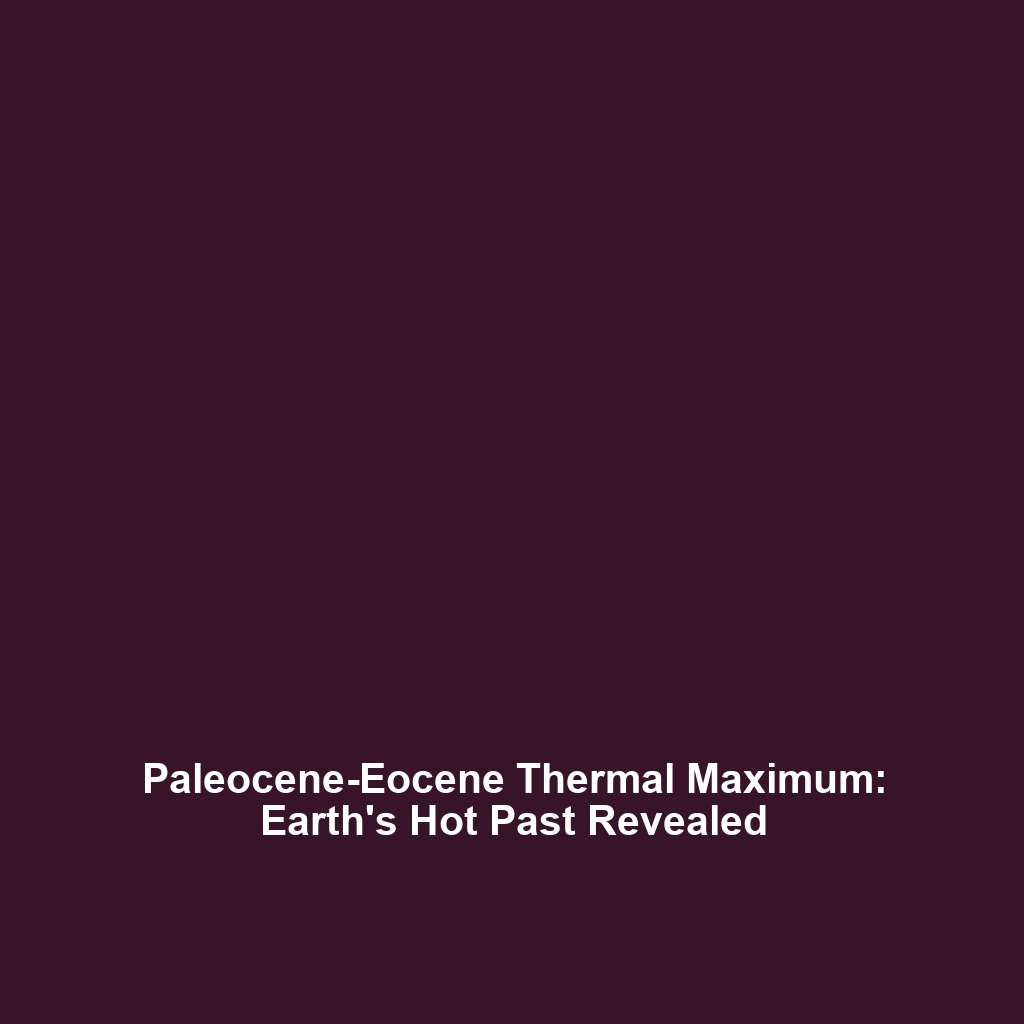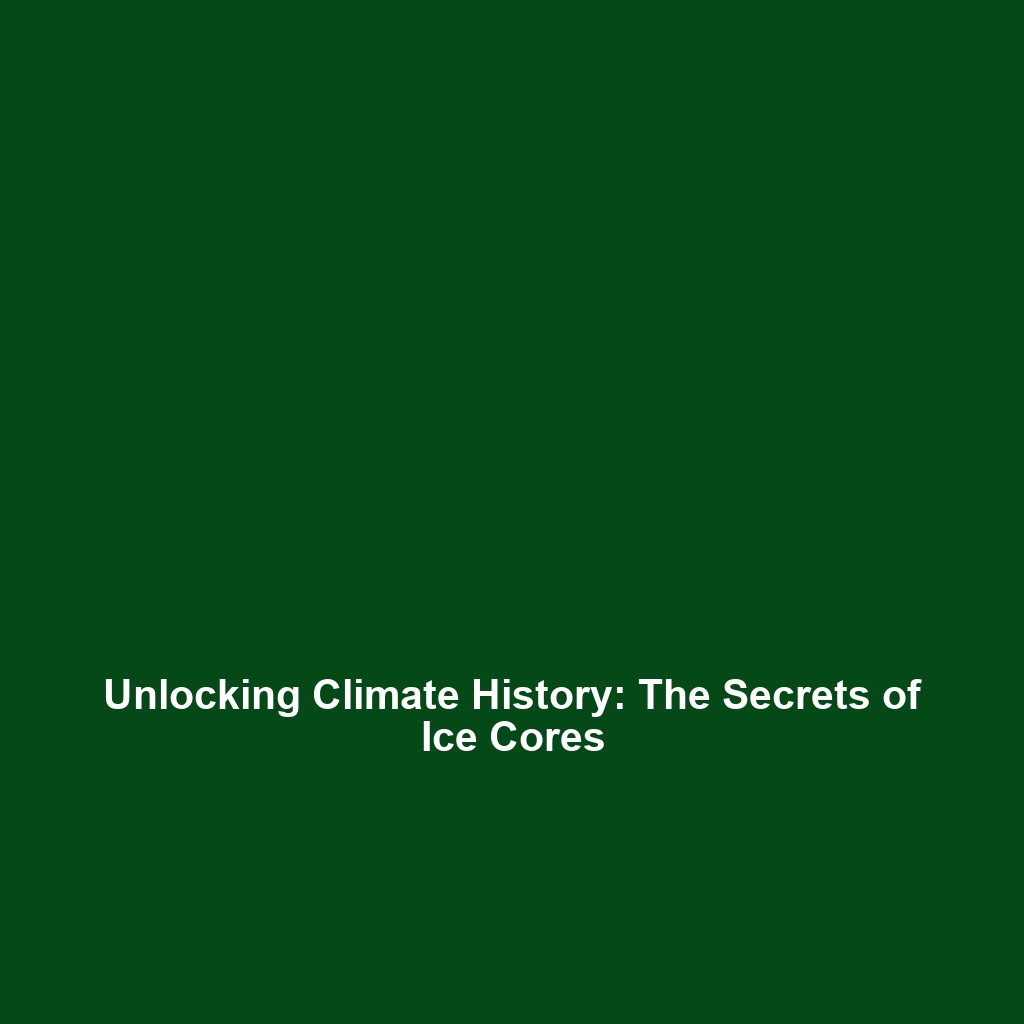The Medieval Warm Period (900–1300 AD) and Its Significance in Climate History
The Medieval Warm Period (900–1300 AD) stands as a crucial chapter in the narrative of Climate History, characterized by a notable increase in global temperatures. Often regarded as a significant climatic anomaly, this period has far-reaching implications for our understanding of natural climate variability, agricultural advancements, and societal changes during the medieval era. By examining the Medieval Warm Period, we gain insight into historical climate patterns and their impact on human civilization.
Key Concepts of the Medieval Warm Period
The Medieval Warm Period is defined by several key concepts that illustrate its significance:
- Temperature Increase: During this period, average global temperatures are believed to have risen by approximately 0.5 to 1.0 degrees Celsius compared to the preceding eras.
- Agricultural Expansion: Warmer temperatures allowed for extended growing seasons, which contributed to increased agricultural productivity in Europe and the Northern Hemisphere.
- Viking Exploration: The favorable climatic conditions enabled the Vikings to explore and settle in regions such as Greenland and parts of North America.
These components are vital in understanding how the Medieval Warm Period fits within the broader category of Climate History, illustrating how human societies adapt to changing environmental conditions.
Applications and Real-World Uses
The study of the Medieval Warm Period offers numerous practical applications in the realm of Climate History:
- Understanding Climate Resilience: Insights gained from the adaptability of medieval societies can inform current strategies for coping with climate change.
- Historical Climate Models: Researchers can utilize paleoclimate data from this period to enhance the accuracy of climate models and predictions.
- Agricultural Practices: Analyzing past agricultural successes during the warm period can guide modern agricultural techniques in changing climates.
These applications highlight how the Medieval Warm Period is used in Climate History to bridge the gap between past and present, fostering a deeper understanding of climate dynamics.
Current Challenges in Studying the Medieval Warm Period
Despite its significance, several challenges persist in the study of the Medieval Warm Period:
- Insufficient data from certain geographic regions limits the comprehensive understanding of temperature variations.
- Controversies over the extent and uniformity of the warming across the globe complicate historical climate modeling.
- The potential for misleading interpretations of climatic impacts on human differentiation poses an ethical concern in current research.
Future Research and Innovations
Looking ahead, there are promising avenues for research and innovation related to the Medieval Warm Period:
- Advanced Climate Models: Next-generation climate models integrating artificial intelligence may yield more accurate representations of past climate conditions.
- Paleoecological Studies: Enhanced sampling techniques will allow researchers to reconstruct a more detailed ecological response to the climate changes during this era.
- Interdisciplinary Research: Collaboration between historians, climate scientists, and archaeologists can lead to a richer understanding of human-environment interactions.
Conclusion
In summary, the Medieval Warm Period (900–1300 AD) provides critical insights into Climate History, showcasing how climatic conditions influenced human activity and societal evolution. Ongoing research and innovations will continue to unravel this complex chapter in climate dynamics, emphasizing its relevance to contemporary challenges. For further reading on climate history and its implications, explore our articles on Climate Events in History and Modern Climate Change Adaptation.

